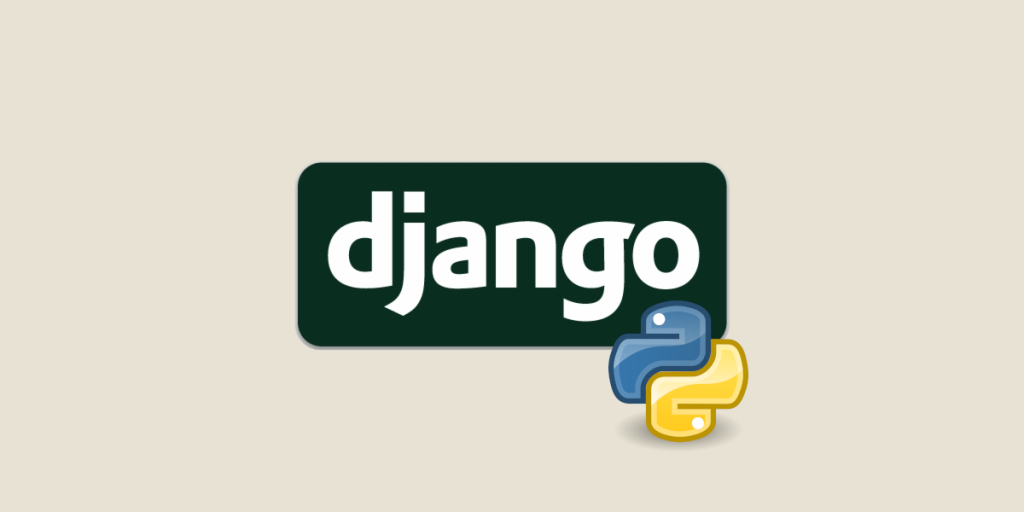Mastering the Art of Writing Emails
Emails are one of the most common and effective ways of communication in the modern world. Whether you are writing to your boss, your colleague, your client, or your friend, you want to make sure that your email is clear, concise, and courteous. Here are some tips on how to master the art of writing emails.

Know Your Purpose and Audience
Before you start writing, ask yourself: what is the main goal of your email? What do you want the recipient to do or know after reading it? How well do you know the recipient and what is their level of interest or expertise on the topic? These questions will help you determine the tone, style, and content of your email.
For example, if you are writing to request a meeting with your boss, your email should be formal, polite, and brief. You should state the reason for the meeting, suggest a time and place, and ask for confirmation. If you are writing to share some news with your friend, your email can be more casual, friendly, and detailed. You can use emoticons, slang, and jokes to express your emotions and personality.
Use a Clear and Catchy Subject Line
The subject line is the first thing that the recipient sees when they receive your email. It should capture their attention and give them a hint of what your email is about. A good subject line is specific, relevant, and concise. It should not be too vague, too long, or too spammy.
For example, if you are writing to invite your colleague to a webinar, a bad subject line would be “Hi” or “Webinar”. A good subject line would be “Invitation to Webinar on XYZ Topic on Friday”. This way, the recipient knows who you are, what you want, and when you want it.
Follow the Basic Structure of an Email
A well-written email has three main parts: the greeting, the body, and the closing. The greeting is where you address the recipient by their name or title, and show some respect or friendliness. The body is where you deliver your main message, using clear and concise sentences and paragraphs. The closing is where you summarize your main points, express your gratitude or appreciation, and sign off with your name and contact information.
For example, if you are writing to thank your client for their feedback, a possible email structure would be:
Dear Mr. Salvatore,
Thank you for your valuable feedback on our latest project. We are glad to hear that you are satisfied with the results and that you enjoyed working with us.
We have taken note of your suggestions for improvement and we will implement them in our future work. We appreciate your continued support and trust in our company.
Please let us know if you have any questions or concerns. We look forward to working with you again soon.
Sincerely,
Katherine Project Manager ABC Company katherine@company.com
Proofread and Edit Your Email
Before you hit the send button, make sure to proofread and edit your email for any spelling, grammar, punctuation, or formatting errors. You can use tools like Grammarly or Hemingway to help you with this. You should also check if your email is clear, complete, and courteous. You can use the 5 Ws (who, what, when, where, why) and 1 H (how) to guide you:
- Who are you writing to and who are you?
- What is the main message or purpose of your email?
- When is the deadline or the date of the event?
- Where is the location or the link of the event?
- Why are you writing or why should the recipient care?
- How can the recipient contact you or take action?
If your email answers these questions, then you have a good chance of getting a positive response from the recipient.
Follow Up If Necessary
Sometimes, you may not get a reply to your email right away. This could be because the recipient is busy, forgot, or missed your email. In that case, you may need to follow up with a gentle reminder or a nudge. You should wait for at least 24 hours before sending a follow-up email, unless it is urgent. You should also keep your follow-up email short, polite, and respectful. You can refer to your previous email and restate your main request or question.
For example, if you are writing to follow up on your meeting request with your boss, a possible follow-up email would be:
Hi Katherine,
I hope this email finds you well. I am writing to follow up on my meeting request that I sent you yesterday. I would like to discuss our progress on the Python project and get your feedback.
Have you had a chance to look at my email and check your availability? Please let me know if you can Sync on Friday at 10 a.m. in your office. If not, please suggest another time that works for you.
I appreciate your prompt response and your cooperation.
Thank you,
Katherine Peirce
What's Your Reaction?































